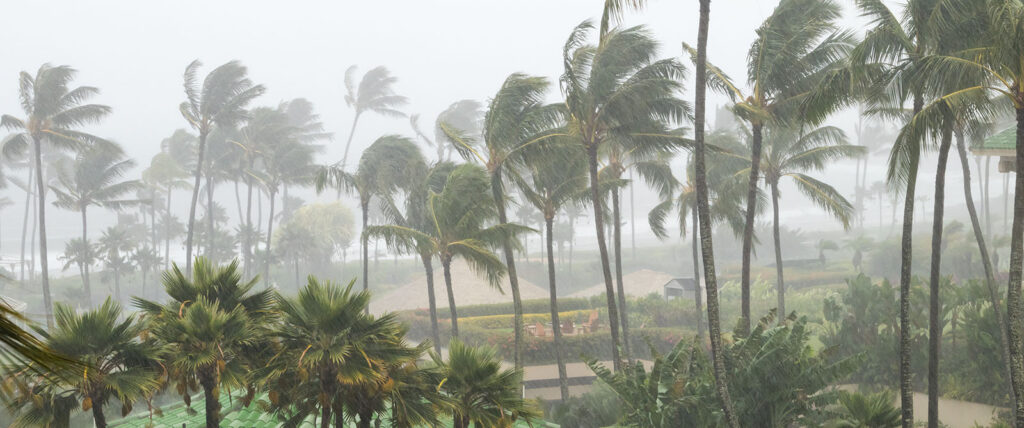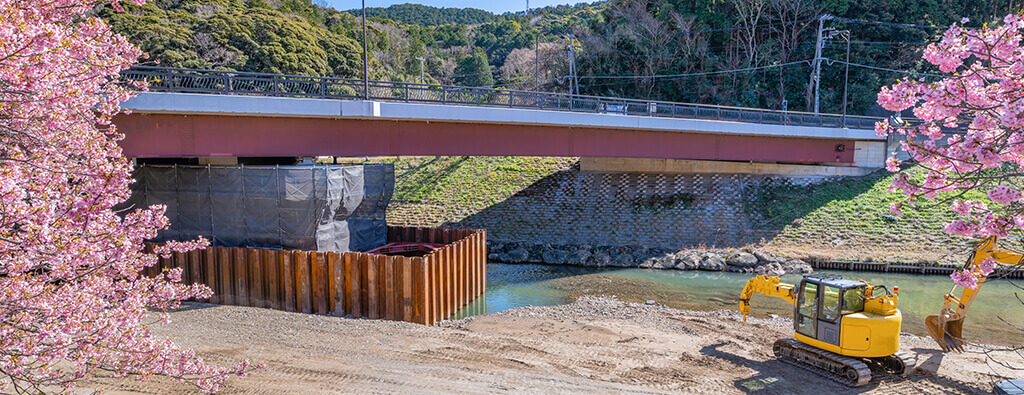In a rare and unexpected sequence of natural events, Southern California was recently struck simultaneously by the remnants of Hurricane Hilary and a significant earthquake, leading many to dub the phenomenon a “hurriquake.” As communities grapple with the immediate aftermath, the storm’s trajectory suggests further implications for regions like Oregon and Idaho. Below are the detailed key takeaways from these events.
Hurricane Hilary’s Impact
Tropical Storm Hilary, previously a Category 4 hurricane, brought record-breaking rainfall to Southern California, causing flooding, mudslides, and rockslides. While no fatalities were reported in California, the storm caused power outages and disrupted essential services. This storm marked the first tropical storm to hit Southern California in nearly 84 years.
Simultaneous Earthquake
As Hilary was impacting Southern California, a 5.1 magnitude earthquake struck near Ojai, northwest of Los Angeles. There were no significant injuries or structural damages, but the concurrent natural disasters posed a unique challenge for emergency services.
Projected Path of Hilary
Post-tropical cyclone Hilary is now moving toward Oregon and Idaho. Significant flash flooding is anticipated in these regions. Flood watches are in effect across several states, and high-wind advisories have been issued for parts of Nevada, Idaho, Montana, and Utah. The storm’s movement coincides with ongoing wildfires in the Northwest, complicating disaster response efforts.
The simultaneous occurrence of Hurricane Hilary and the earthquake in Southern California presented an unparalleled challenge for the region, underlining the unpredictable nature of natural disasters. As Hilary continues its path, areas in its trajectory need to be vigilant and prepare for potential impacts. The “hurriquake” serves as a stark reminder of the importance of preparedness and adaptability in the face of nature’s unpredictability.



